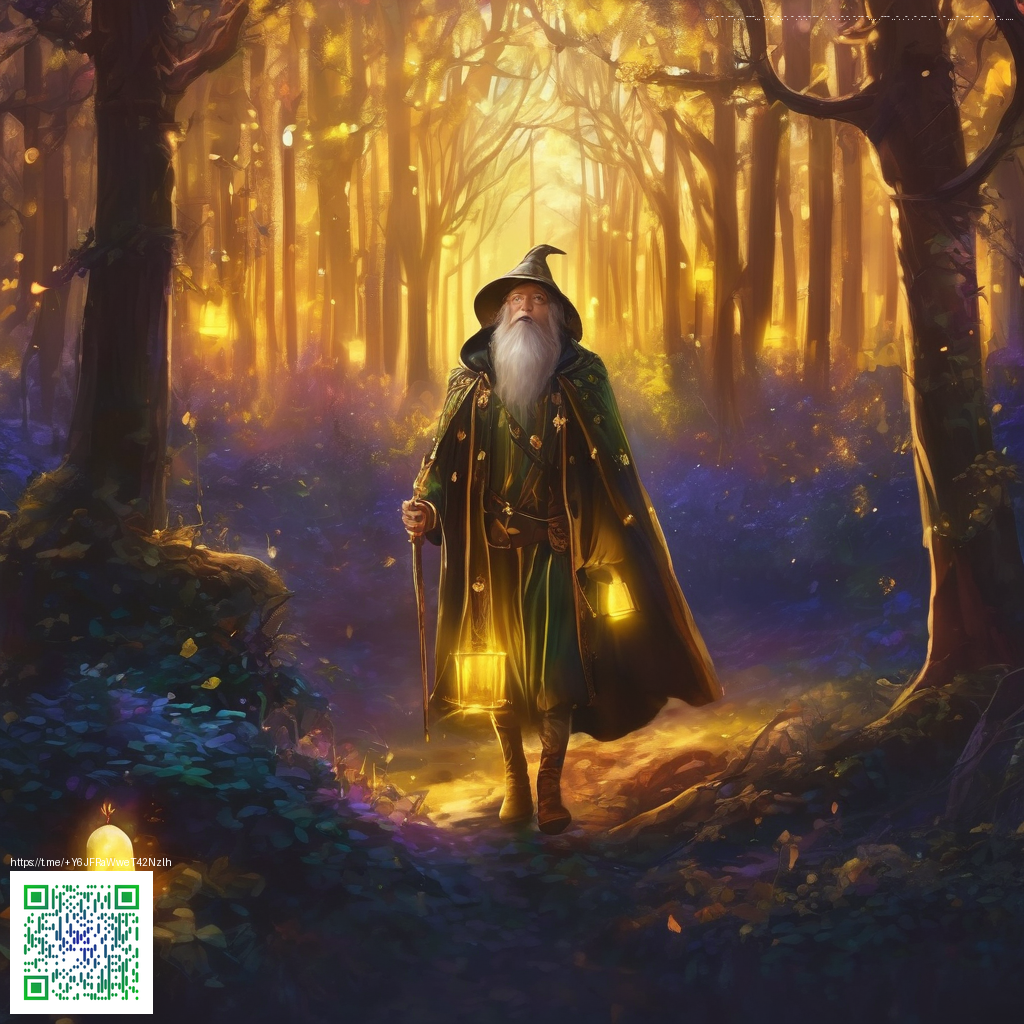
Data source: ESA Gaia DR3
Silent Beacon in Scorpius and the Hertzsprung–Russell Diagram
In the southern heavens, near the illustrious Scorpius, a hot, blue‑white beacon stands as a practical anchor for teaching us how to read the cosmos. This star, Gaia DR3 5977609249258867200, is a compelling example that Gaïa’s data brings to life: a stellar object whose temperature, size, and location unlock a vivid slice of the Hertzsprung–Russell diagram, the classic map of stellar evolution.
With a surface temperature around 31,369 K, this star glows with a blue‑white hue that many of us associate with the upper reaches of the H–R diagram. Its radius—about five times that of the Sun—combined with that blistering temperature means it shines far more brightly than the Sun, even though its apparent brightness in our sky is modest. Gaia DR3 5977609249258867200 sits roughly 2,562 parsecs away, which converts to about 8,360 light‑years. In other words, we are catching light from a star that danced in the Milky Way long before the Earth found its way into existence.
What the numbers whisper about this star
- The nearest constellation tag places it in Scorpius, the mighty Scorpion. RA ≈ 255.67° and Dec ≈ −35.43° place it in the southern sky, a patch often celebrated for its rich star fields and celestial lore.
- At about 2.56 kpc, this star sits far beyond naked‑eye visibility. Its photometric brightness, phot_g_mean_mag ≈ 14.96, means it is a target for larger telescopes or detailed surveys, not for casual stargazing.
- A Teff of roughly 31,000 K is a hallmark of a blue‑white, hot star. Such temperatures push the peak of emission toward the ultraviolet, with the visible light skewed toward blue hues—an effect we feel as a sharp, glistening color in the night sky when magnified by instruments.
- Radius ≈ 5 R⊙, with a temperature several times hotter than the Sun, implies a luminosity on the order of tens of thousands of times solar. A rough order‑of‑magnitude estimate places its luminosity around 20,000–22,000 L⊙. This makes Gaia DR3 5977609249258867200 a powerful source on the H–R diagram, occupying the hot, luminous quadrant that drives the diagram’s upper left.
- The entry uses distance_gspphot rather than a direct parallax (parallax is not provided here). This photometric distance is a careful estimate that benefits from Gaia’s broad sweep of stellar colors and luminosities, yet it carries uncertainties common to such methods. The very existence of a robust Teff and radius in DR3 helps anchor its position on the diagram even when the geometric distance is not directly measured.
The Hertzsprung–Russell diagram is more than a chart; it is a story of how stars live and die. A star like Gaia DR3 5977609249258867200, with its blue‑white glow and substantial radius, sits at a pace-setting junction where hot, luminous blue stars live within a larger tapestry of stellar evolution.
The star’s place on the Gaia‑based H–R diagram
When we translate Gaia DR3 5977609249258867200’s properties into the classic axes of the H–R diagram—temperature (blue to red) on one axis and luminosity (intrinsic brightness) on the other—it lands firmly in the hot, bright zone. Its high temperature and considerable radius indicate a star that emits prodigiously for its size, signaling a powerful energy source at its core. In the diagram’s language, this is the realm of early-type stars, often young or in particular evolutionary phases, blazing blue and luminous against the more modest glow of our Sun.
What makes Gaia DR3 5977609249258867200 especially instructive is how Gaia’s measurements turn a distant point into a living image: temperature confirms color, radius hints at interior structure, and distance—whether geometric or photometric—lets us translate how bright it would appear from near and far. By placing this star on the H–R diagram, readers gain a tangible sense of the relationship between temperature and brightness: hotter stars, even with similar or modest radii, can outshine cooler stars by many orders of magnitude.
Enrichment note: A hot, blue-white star of about 31,000 K and roughly five solar radii lies in the Milky Way’s southern reaches near Scorpius, some 2,560 parsecs (about 8,400 light-years) away, embodying the fiery courage of its celestial home and the ancient Scorpion’s watchful, protective radiance.
Neon Slim Phone Case – Ultra-Thin Glossy Lexan PC
The Hertzsprung–Russell diagram remains one of astronomy’s most powerful teaching tools, and Gaia DR3 5977609249258867200 offers a vivid illustration of its principles. By translating a star’s temperature into color, its radius into size, and its distance into brightness, we gain a dynamic sense of stellar identity—how stars shine, how they cluster in the galactic roster, and how our Sun sits among a vast family of hotter, brighter siblings.
If you’re curious to explore the sky with fresh eyes, consider comparing Gaia DR3 5977609249258867200 to other hot stars in Scorpius, or diving into Gaia’s catalog to see how distances reshape the diagram for different stellar types. The cosmos invites us to map, measure, and marvel—one star at a time.
Tip: Try plotting a small sample of hot, blue stars with known Teff and radius to visualize how the H–R diagram comes alive whenever Gaia data enters the scene.
This star, though unnamed in human records, is one among billions charted by ESA’s Gaia mission. Each article in this collection brings visibility to the silent majority of our galaxy — stars known only by their light.